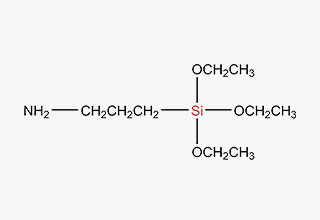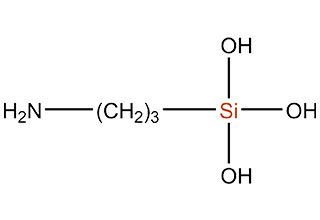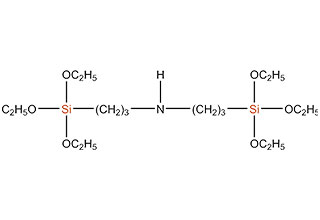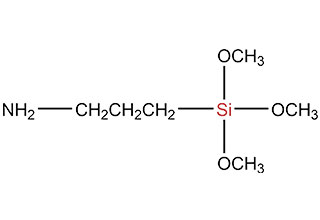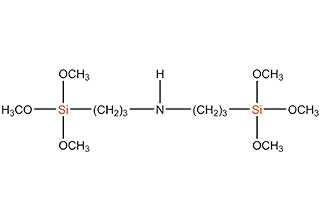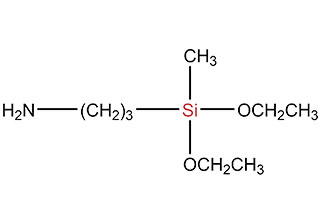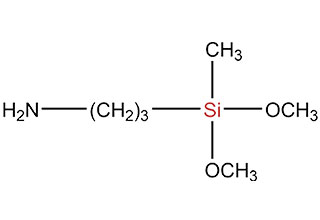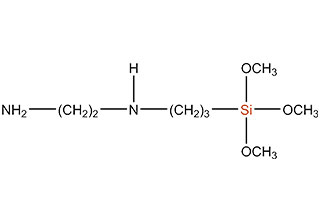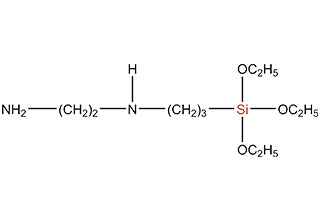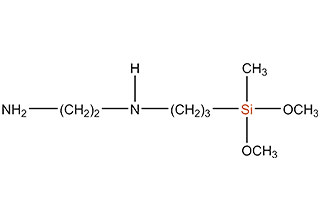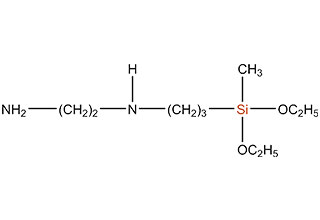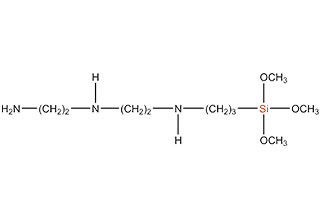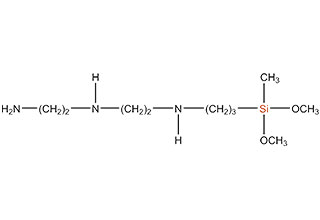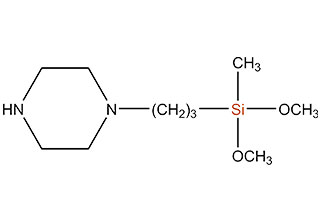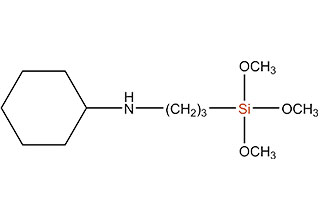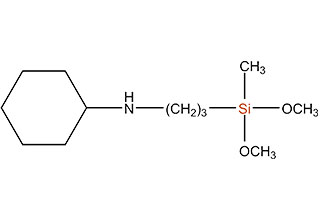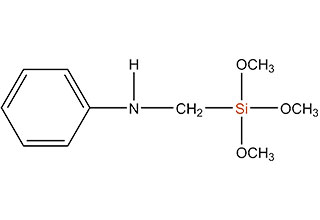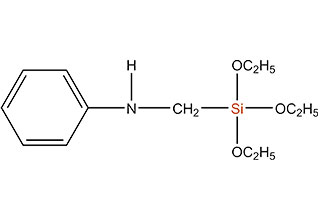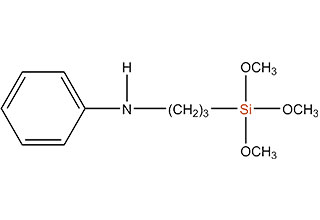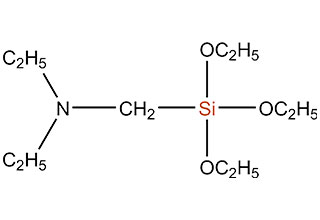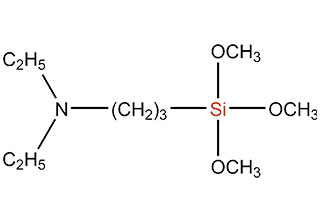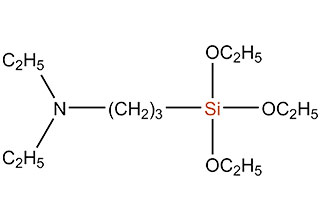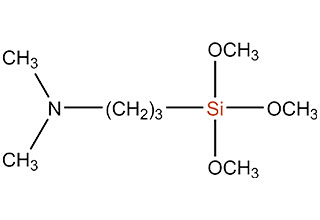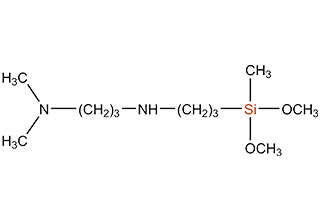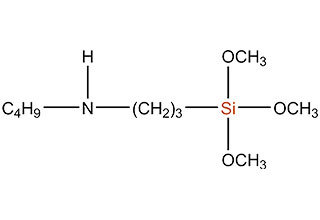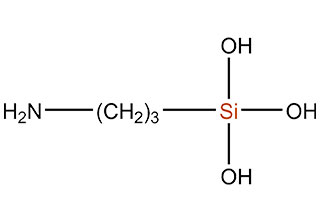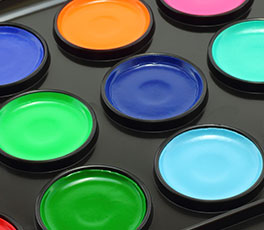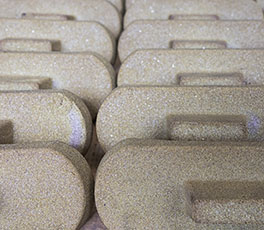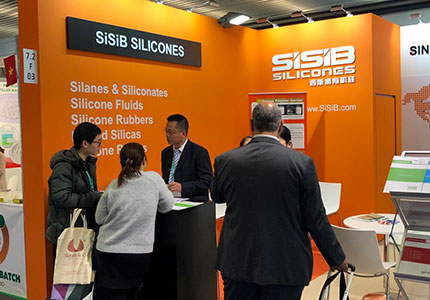SiSiB is worldwide leading manufacturer of organosilanes for over 30 years. SiSiB® PC1100, chemical name 3-Aminopropyltriethoxysilane, CAS No.919-30-2, is the first and still widely used amino silane. SiSiB® PC1100 was developed in 1989.
SiSiB amino silane is a bifunctional organosilane possessing reactive amino group and hydrolyzable inorganic alkoxysilyl groups. The dual nature of its reactivity allows it to bind chemically to both inorganic materials and organic polymers, thus functioning as an adhesion promoter, silane surface modifier and as a reactant for product modification.
Except for mono-amino silanes, SiSiB offers a wide range of di-amino silanes, tri-amino silanes, piperazinyl silanes, cyclohexyamino silanes, dimethyamino silanes, diethylamino silanes and butylamino silanes.
Amino silane by SiSiB, a reliable silicone manufacturer, can be used as adhesion promoter, coupling agent, surface modifiers, and resin additive. It can improve chemical bonding of resins to inorganic fillers and reinforcing materials.
SiSiB amino silane can be used for epoxies, phenolics, melamines, nylons, PVC, acrylics, polyolefins, polyurethanes, and nitrile rubbers. It can be used for surface pretreatment of fillers and reinforcers.
SiSiB aminofunctional silane also can be used as traditional amine curing agents (hardeners) for epoxy and urethane functional resins, the silanol portion of the silane reacts with each other to form siloxane bonds (Si-O-Si). The more reactive the Si-alkoxy groups are, the faster they hydrolyze and condense after the coating is applied and curing begins. Used as curing agents, silane can make curing effective at low temperature; can improve chemical resistance, UV resistance and corrosion resistance, can increase hardness and stain resistance without imparting adhesion.
SiSiB is the earliest alpha amino silane coupling agent manufacturer in China, and now is the only commercialized manufacturer in China. SiSiB alpha silanes include, SiSiB® PC1710 - phenylamino methyltrimethoxysilane, SiSiB® PC1711 - (N-phenylamino)methyltriethoxysilane and SiSiB® PC1800 - Diethylaminomethyltriethoxysilane. The organic functional group in alpha silane is closer to the silicone atom compared with traditional gamma silane coupling agent. The close proximity of the nitrogen atom to the silicon atom can accelerate hydrolysis reaction compared to (amino-propyl) silanes.
SiSiB® AP1160 is water-borne amino silane adhesion promoter without volatile organic components. It can be simply diluted with distilled water. These benefits are particularly useful for manufacturers seeking to reduce emissions from their water-borne products and processes.
 English
English 日本語
日本語 한국어
한국어 français
français Deutsch
Deutsch Español
Español italiano
italiano русский
русский português
português العربية
العربية tiếng việt
tiếng việt
